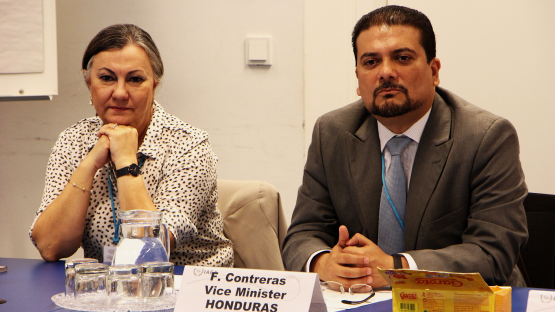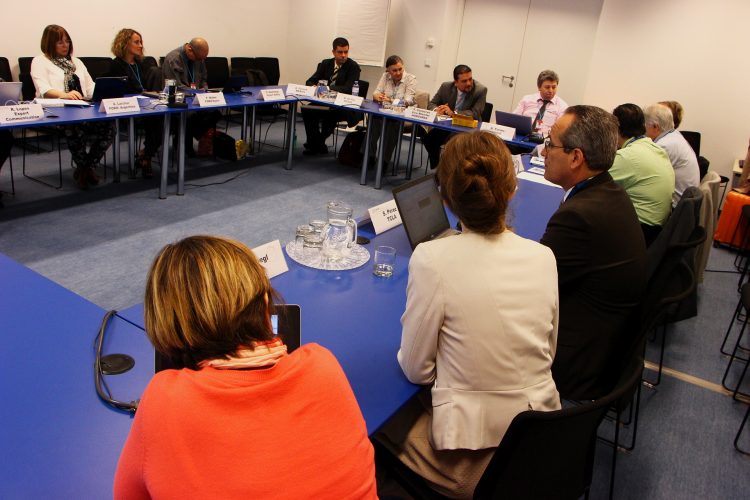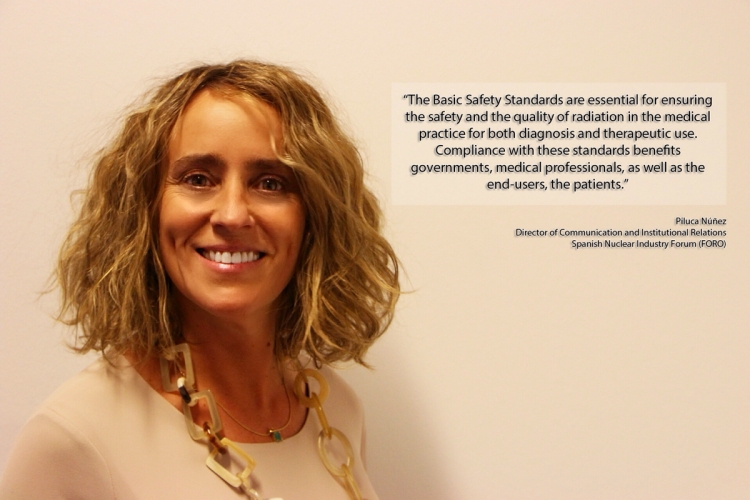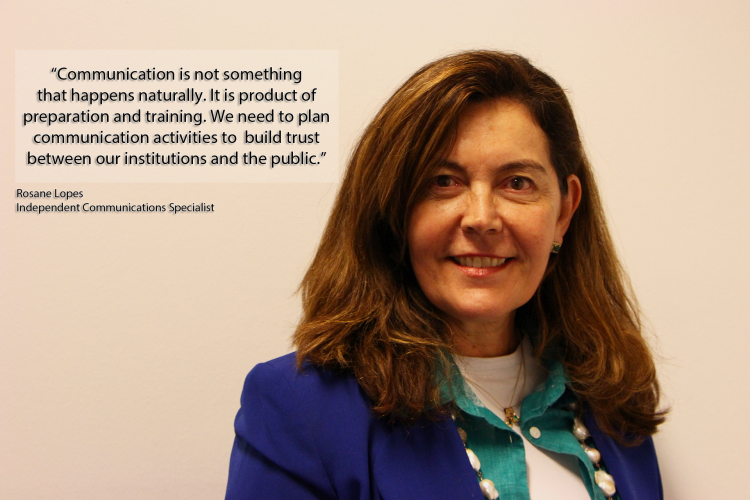In hospitals and oncology centres around the world, ionizing radiation is among the most commonly used tools for the diagnosis and treatment of cancer, tumours and other communicable and non-communicable diseases. However, when medical instruments are poorly calibrated, or when exposure dosages are miscalculated, both patients and healthcare professionals are put in harm's way. In response to these risks, the 2014 International Basic Safety Standards (BSS) for Radiation Protection and Safety of Radiation Sources were jointly sponsored by the IAEA and six other international organizations, in order to strengthen radiation protection and safety in all types of exposure situation, including medical applications. Among other things, the BSS establishes the legal and regulatory basis from which IAEA Member States can design and launch systems of protection and safety to protect people and environment from harmful effects of ionizing radiation, and to assess, manage, and control exposure to radiation so that radiation risks, including risks of health effects and risks to the environment, are reduced to the greatest extent achievable.
In April, more than 70 government representatives and experts from 25 Latin American and Caribbean Member States, and from Spain and the United States, gathered in Santiago, Chile to deliberate on how to foster early implementation of the new Basic Safety Standards in the region. Among the fundamental challenges identified by the participating experts was the lack of a comprehensive, substantive communication strategy through which to target and inform high-level authorities and decision-makers.
As a follow-up to April's seminar, a meeting was held from 1-5 June to elaborate a communication strategy to foster and encourage the implementation of the new safety standards. Both Member State counterparts and external experts were invited to participate in the meeting-held at the IAEA's Vienna headquarters-including Mr Francis Contreras, the Honduran Vice Minister of Health. All told, the meeting enjoyed the participation of 10 colleagues from Argentina, Brazil, Chile, Cuba, Honduras, Spain, and the Pan-American Health Organization (PAHO).
Organized under the auspices of an ongoing technical cooperation (TC) project1, the meeting provided the opportunity to take stock of progress towards addressing the challenges identified in Santiago, in the framework of the ongoing project or in future projects. Already, PAHO has requested permission to host a joint PAHO/IAEA side-event in the margins of its annual Directing Council, scheduled to take place 28 September-2 October.
Efforts to organize this side-event were at the heart of last week's meeting. However, a large segment of the agenda was also devoted to group work, wherein participants endeavoured to design a new communication strategy to advocate for the early adoption of the BSS, placing emphasis on the message that safety is key to facilitating access to and quality of medical services making use of ionizing radiation.
"The ideas and experience of the IAEA and other sponsoring organizations -and their expert medical physicists-have been collected and incorporated in to the BSS. However, that experience will remain forever between the pages of the BSS document unless it is conveyed to medical practitioners, from decisions-makers to those responsible for delivering the services, in a way that captures [their] attention and which assists them in their work. Good communication will make this possible," explained Mr Mark Hannan of the United Kingdom.
Ana Larcher, of the Education and Training Unit of Argentina's Nuclear Regulatory Authority (ARN), explained, "The implementation of the BSS in medical practice is undoubtedly a major issue involving multiple and diverse audiences. So nothing is better that enlisting communication specialists to help convince such varied audience."
In order to maximize the benefit of radiation, and minimize the risks, an adherence to a comprehensive and solid national governmental and regulatory frameworks and commitment to ensuring effective coordination and communication among all the national actors are essential. The proceedings of this meeting, however, have left its participants with a clearer vision of the obstacles and the opportunities ahead. Going forward, the IAEA and PAHO, altogether with strategic partners, intend to foster closer coordination surrounding this subject-both within the Agency, and without.
1 RLA/9/079







